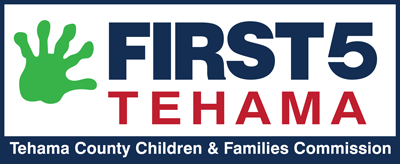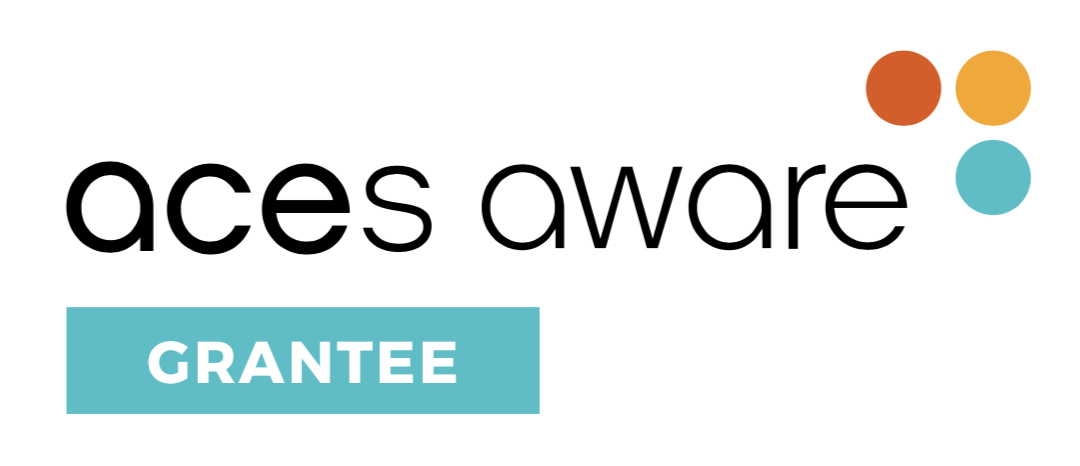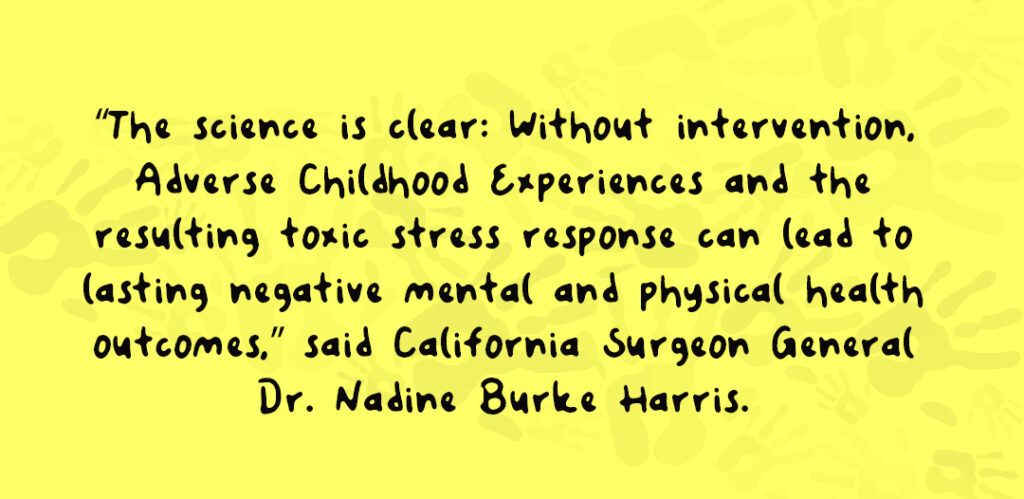
Unpacking ACES on a local level
Adverse Childhood Experiences (ACE) is receiving a significant amount of attention lately. From TedTalks and National Best Seller Lists to allocating more than 31 million in ACEs Aware Grants in January, it’s so much more than research. This work is human. This attention couldn’t come at a better time. In light of the drastically increasing needs families face following a year unlike any other, this “closer look” will continue to help us glean insight surrounding the connection between ACEs, upstream thinking, and community action.
If we begin to examine ACEs on a local level in early childhood, we turn the clock back to 2018. This year marked an influential movement in our area. Northern California Child Development, Inc. (NCCDI) started utilizing ACEs’ research to launch powerful proactive action. Staff began using ACE as indicators during the application process. By tracking these measures that pinpoint current trauma within families that could impact children later in life, NCCDI noticed a correlation with low attendance rates. This empowering discovery translated into a new procedure. The organization now tracks children with three or more ACE-like indicators for possible absenteeism issues. While this isn’t a fool-proof system, it is accurate about 85-90% of the time.
“Once a child enrolls and has three or more ACE-like indicators, they are automatically referred to our agency’s social worker,” shared Jennifer Torres, NCCDI Enrollment Manager, and First 5 Tehama Commissioner. “She starts working with the family right out of the gate to provide any intervention or prevention services that they may need. By getting started with these services and building relationships as soon as possible, we can mitigate chronic absenteeism issues.”
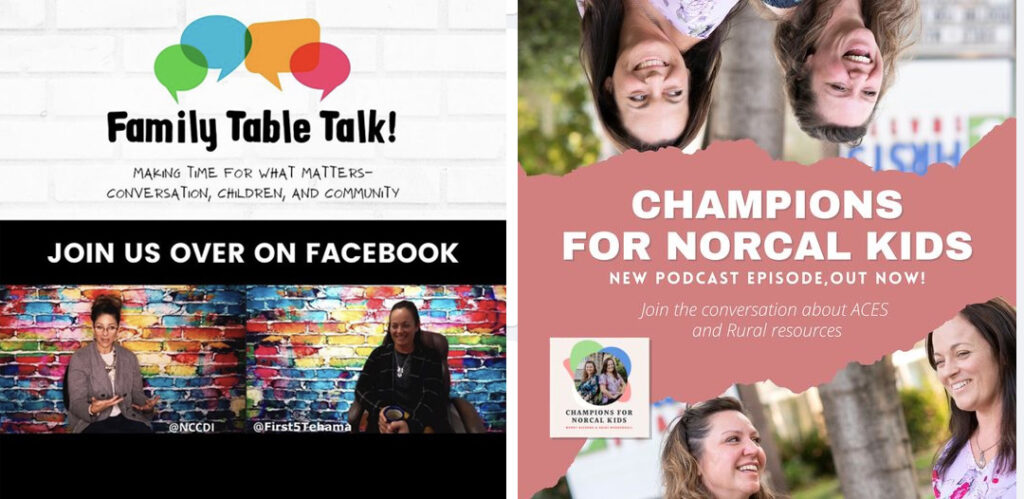
The local integration continues to blossom thanks to Tehama County’s endless encouragement of regional collaboration. Torres shared NCCDI’s successes with ACE indicators during a Pregnancy to Preschool Partnership convening in September. Because of her openness by January, Janet Barnes-Johnson, Early Childhood Education (ECE) Director at the Tehama County Department of Education (TCDE), adapted this practical approach into her department’s preferred practices. State Preschools operated through TCDE under Barnes-Johnson’s guidance now utilize the same ACE-like indicator system to understand predictors of absenteeism.
The collaboration doesn’t stop here. Tehama County was lucky enough to cash in on its share of the $31 million allocated in ACEs Aware Grants earlier this year. In a nine-way partnership including health clinics, education entities, social service, mental health, and more with First 5 Tehama as the lead agency, a joint application was submitted. The state recognized the power of collective impact work and the importance of building relationships to make an actional change in systems. This provides critical dollars now to engage in upstream planning and also sets this group up for additional future funding of implementation.

“The timing of this grant couldn’t be more perfect,” offered Heidi Mendenhall, First 5 Tehama Executive Director. “Multiple county-wide efforts are happening in different social sectors – education, behavioral health, and child welfare – that all align exactly with this type of upstream trauma-informed work.”
An example of these efforts is found in the driving force behind Help Me Grow Tehama. In the planning phase since 2018, this forward-thinking program has now launched within our community. The forefront of their work will center on providing trauma-informed connections to local resources to promote resilience.
“United Way of Northern California fights for the Health, Education, and Financial Stability of everyone in our communities,” said Kalie Brisbon, 211 NorCal Director. “ With collaborations like that of our 211 Tehama Helpline service and Help Me Grow Tehama, we can better connect families to critical resilience-building resources. We are thrilled to be a part of this partnership and are looking forward to connecting with families throughout Tehama County!”
At a recent Expect More Summit event, 43 community members pondered a monumental question. How can we make sure that each school-aged child in Tehama County knows that they are cared for by at least one adult besides their parent? Help Me Grow Tehama takes an even stronger upstream approach. The question morphed into, “How can we make sure that every new parent knows they are cared for by at least one adult?” Asking this critical question leads to improvements in the navigation of parenting support, developmental screenings, and resilience resource availability.

As we look to the latest local momentum surrounding ACEs awareness and integration, future endeavors are collaborative, proactive, and hopeful. With the unprecedented intended support for children and families in the American Rescue Plan (ARP), Tehama is eligible to receive $12,622,64. We must continue to ask big questions and chase important answers. It is up to us to find new and innovative ways to support and build resilience in our youngest children and families.
With trauma knowing no boundaries, and the effects of Covid-19 reaching like tentacles across all of our lives without fail, Torres seemed to capture the crux of the county movement perfectly.
“ACEs can be found in any family despite socioeconomic status,” said Torres. “The best outcomes for families, even those with high ACEs, is when they feel supported by the community around them through thoughtful intervention and prevention services.”
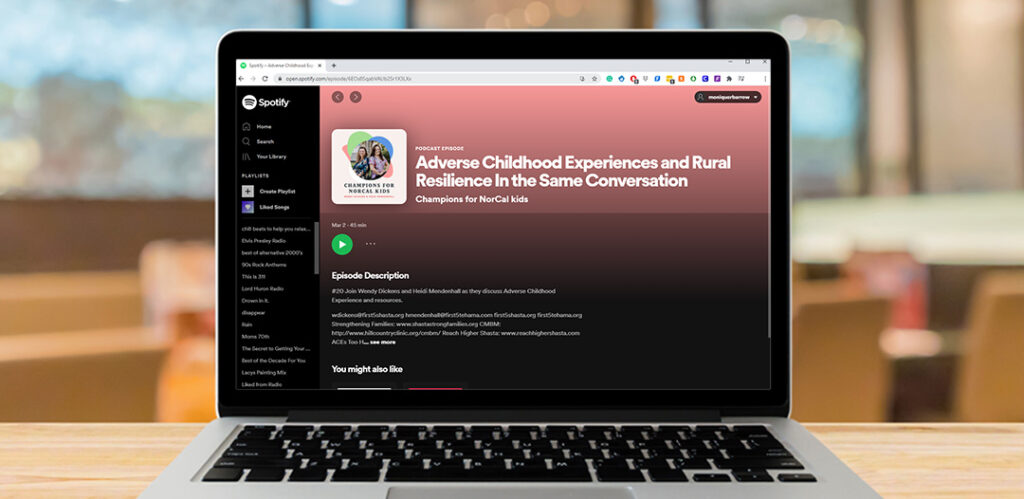
To learn more about our local efforts, or to uncover additional resilience resources, visit NorCal Champions for Kids via the button below.
